Published Innovation
Table of Contents
Conference Papers
Conference Papers
2019
2019

If you are interested to read more, please contact Moldex3D for more information.
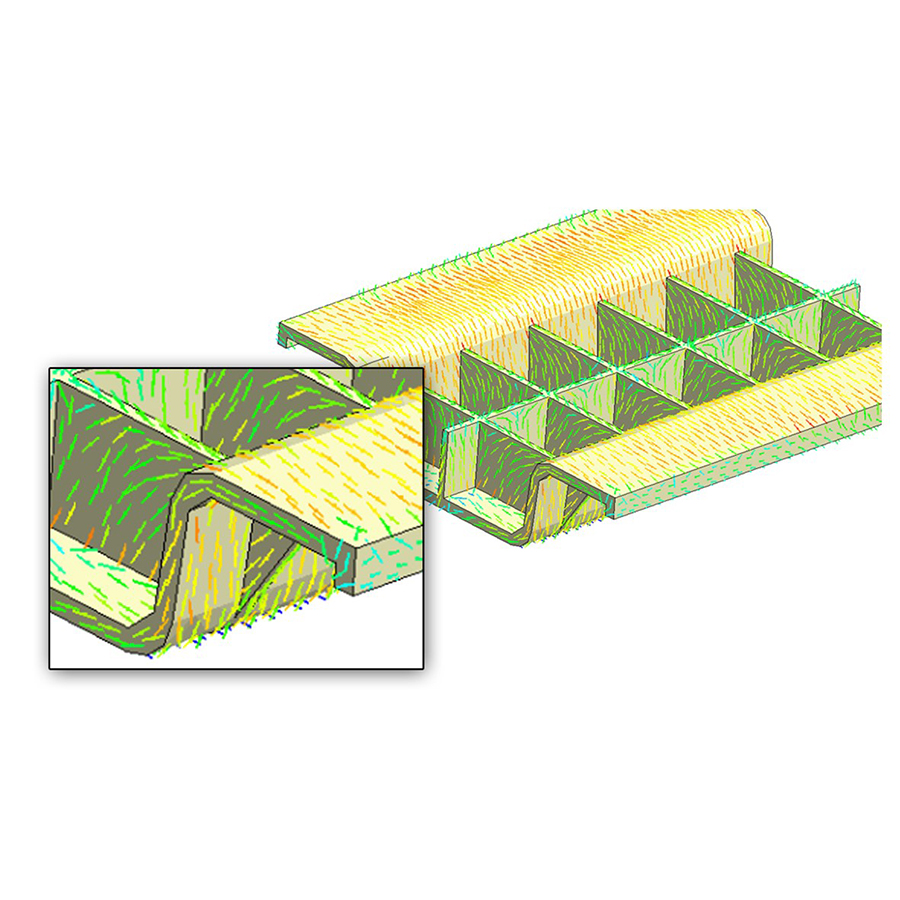
If you are interested to read more, please contact Moldex3D for more information.
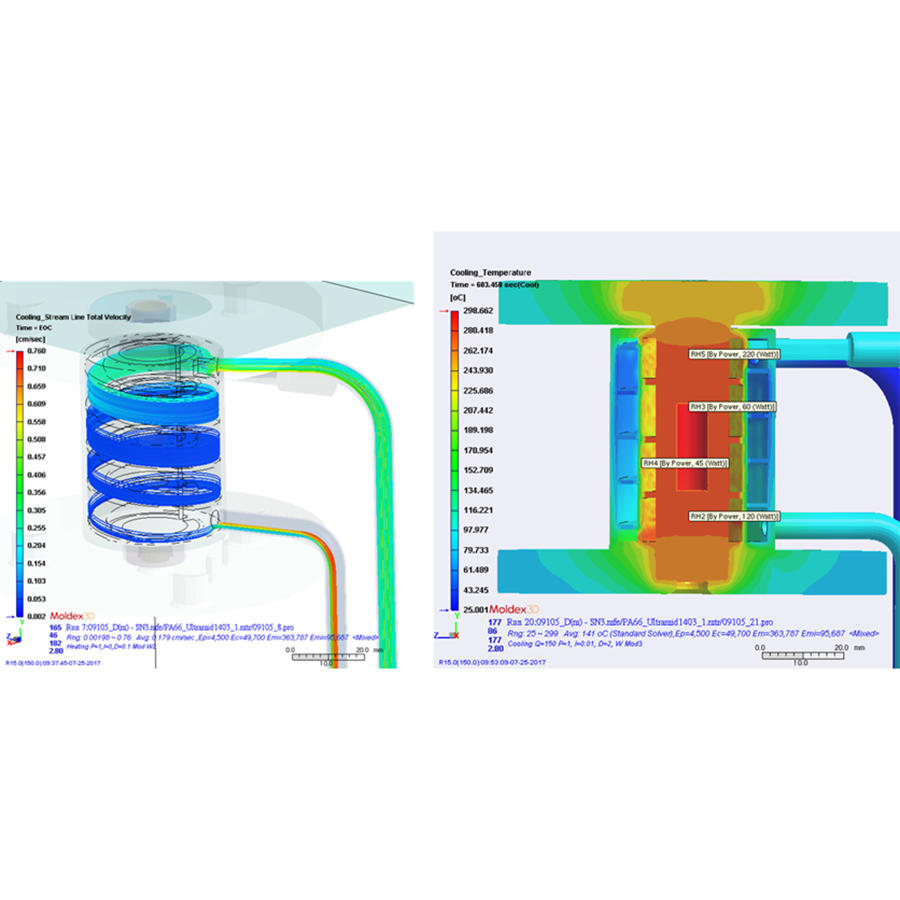
If you are interested to read more, please contact Moldex3D for more information.
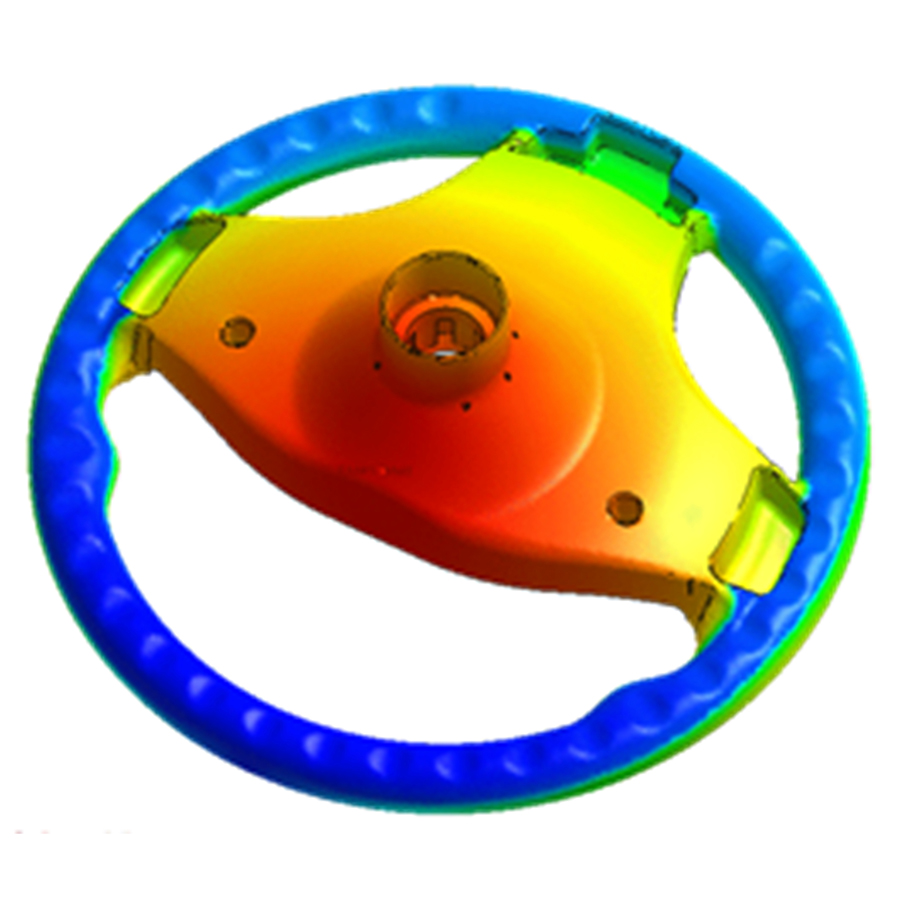
If you are interested to read more, please contact Moldex3D for more information.

If you are interested to read more, please contact Moldex3D for more information.

If you are interested to read more, please contact Moldex3D for more information.
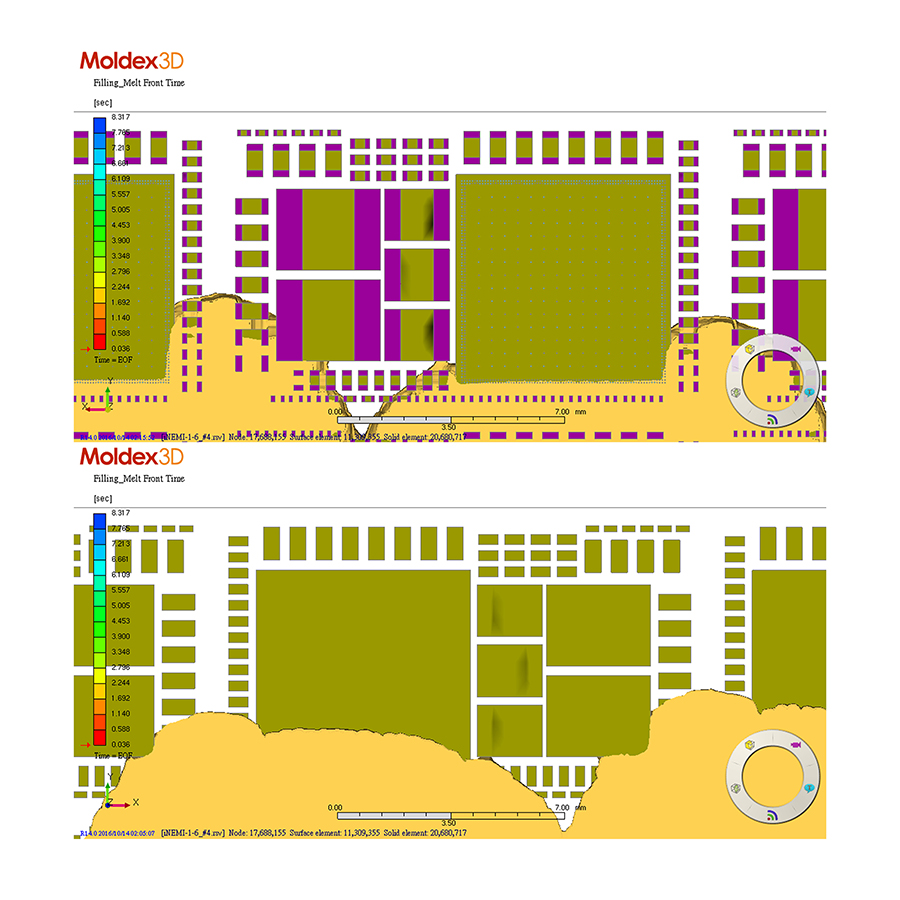
2018
2018

If you are interested to read more, please contact Moldex3D for more information.
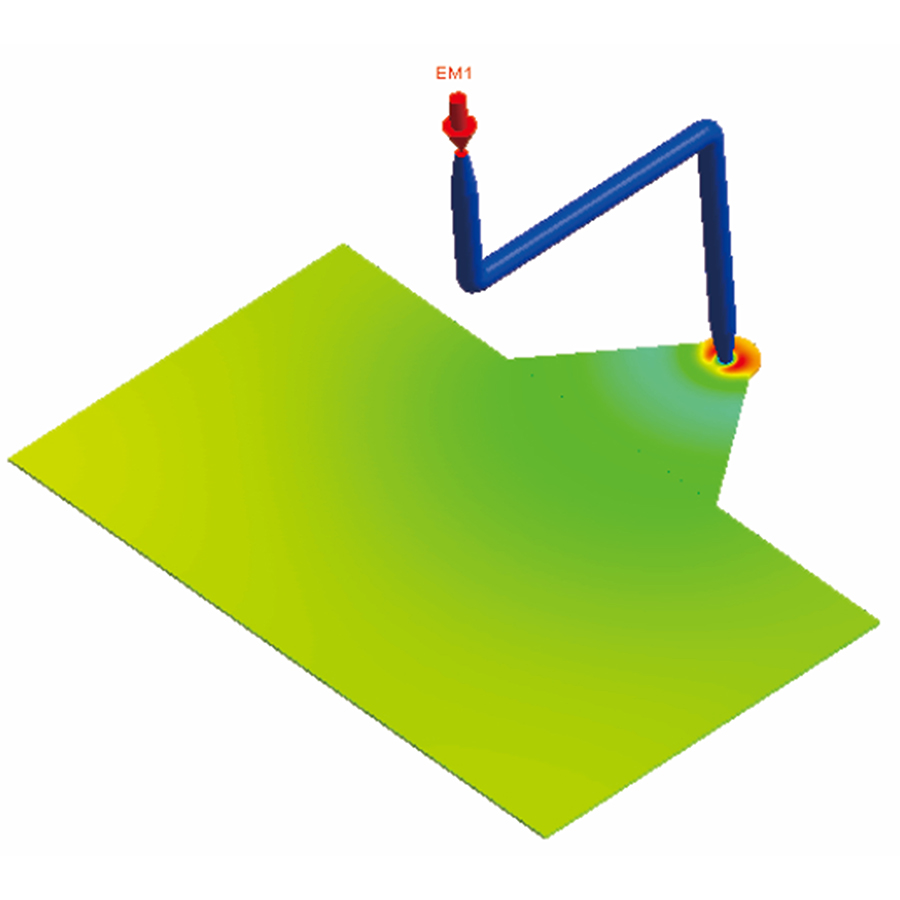
If you are interested to read more, please contact Moldex3D for more information.
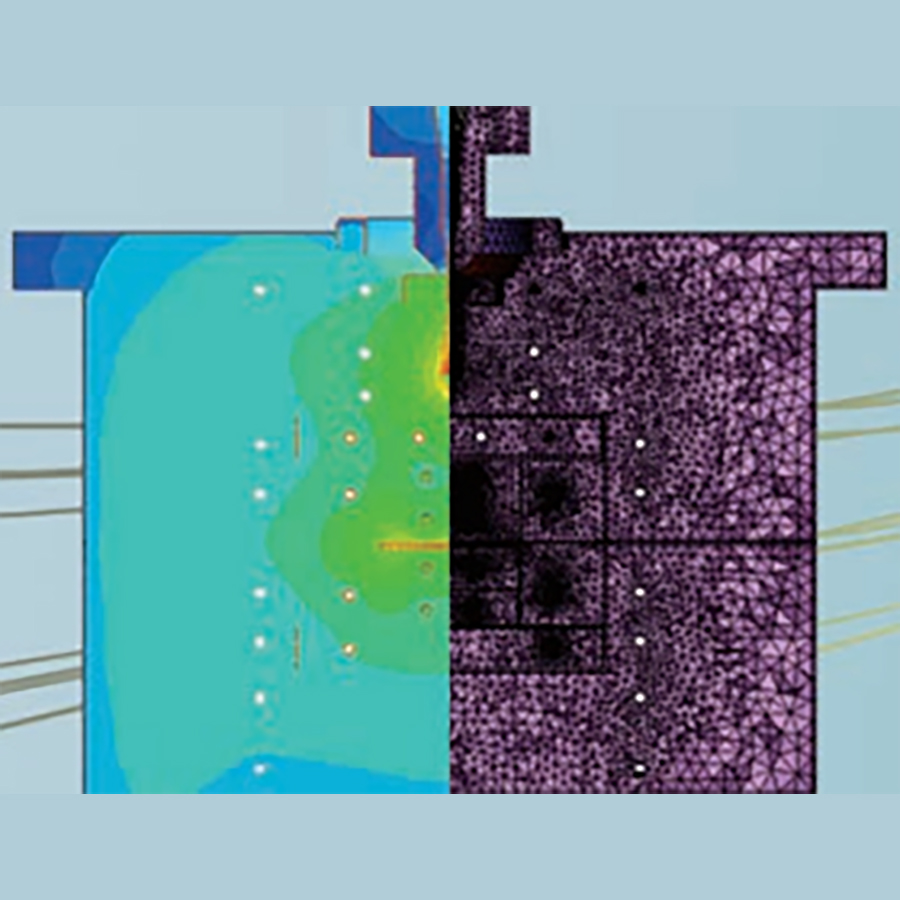
If you are interested to read more, please contact Moldex3D for more information.
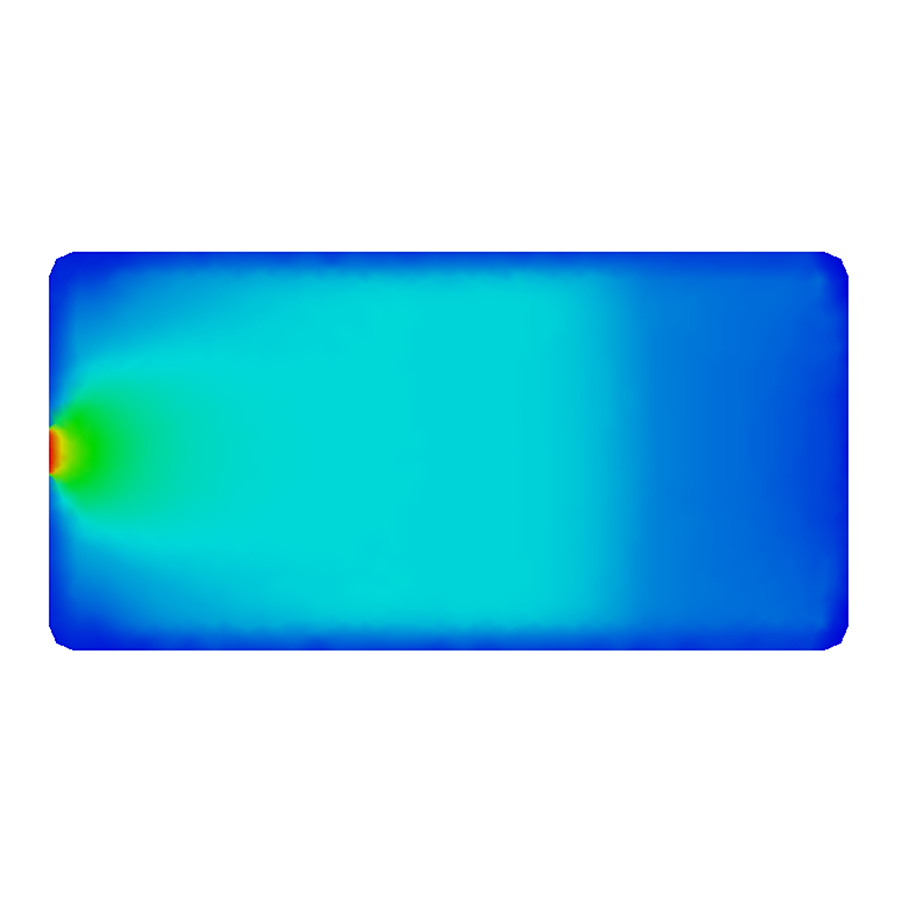
If you are interested to read more, please contact Moldex3D for more information.
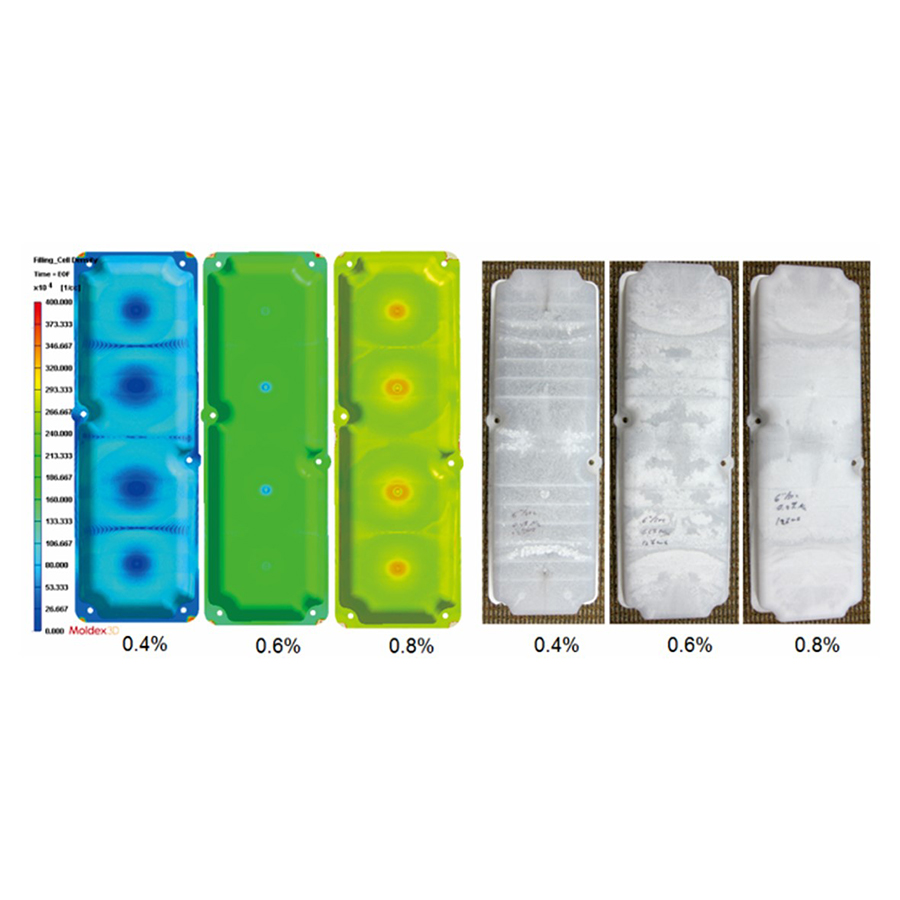
If you are interested to read more, please contact Moldex3D for more information.

If you are interested to read more, please contact Moldex3D for more information.

If you are interested to read more, please contact Moldex3D for more information.

If you are interested to read more, please contact Moldex3D for more information.

If you are interested to read more, please contact Moldex3D for more information.

If you are interested to read more, please contact Moldex3D for more information.

If you are interested to read more, please contact Moldex3D for more information.
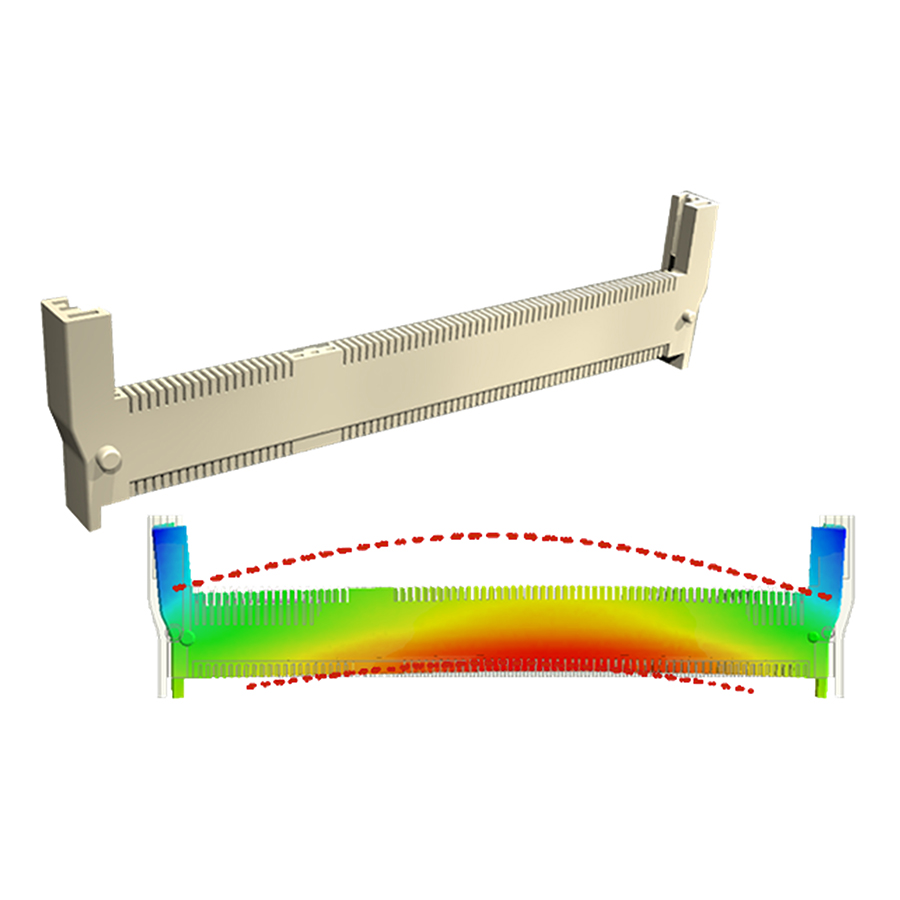
If you are interested to read more, please contact Moldex3D for more information.
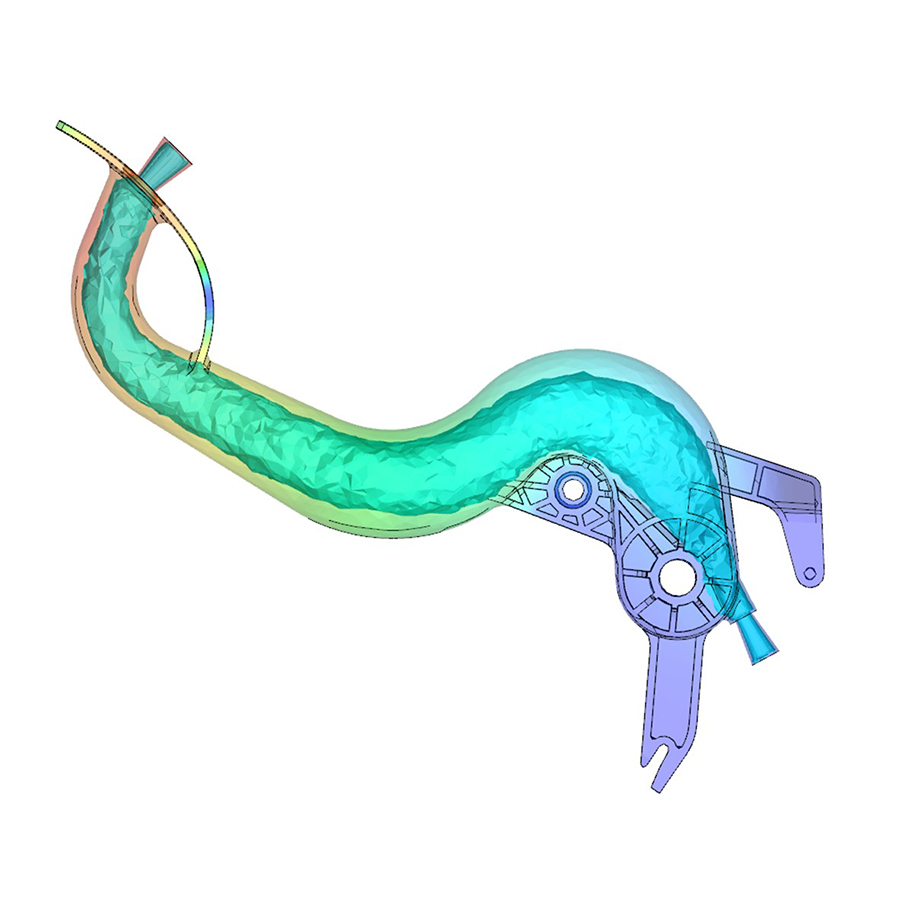
If you are interested to read more, please contact Moldex3D for more information.
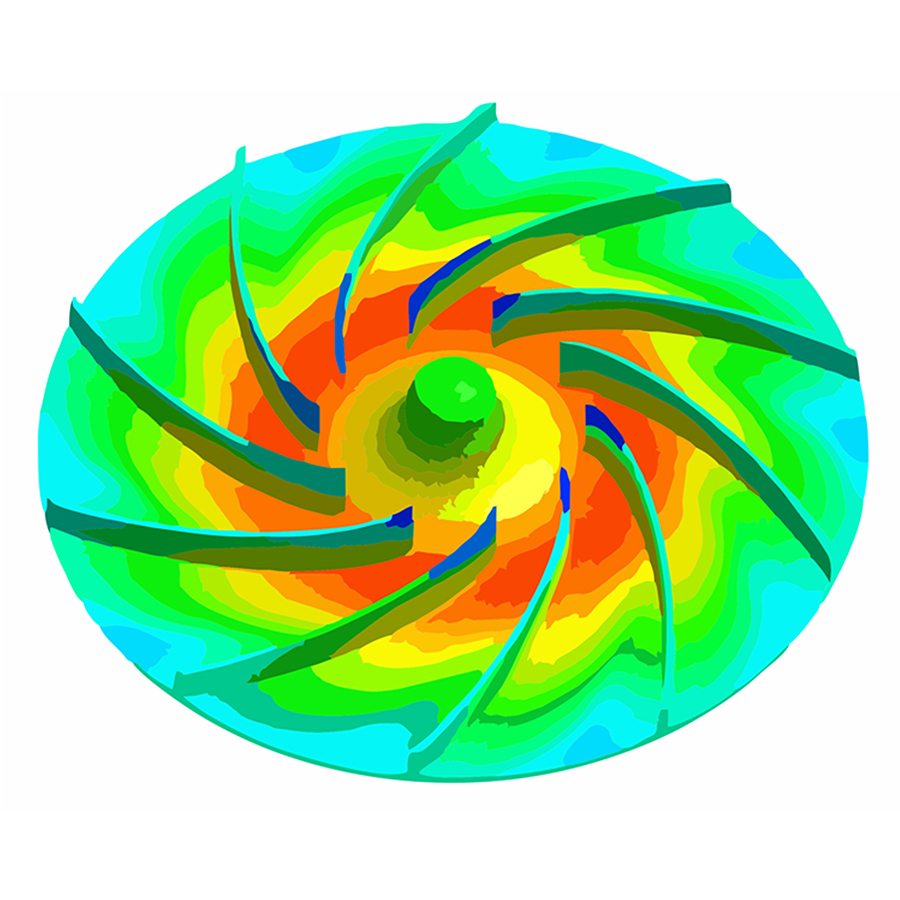
If you are interested to read more, please contact Moldex3D for more information.

If you are interested to read more, please contact Moldex3D for more information.
2017
2017

If you are interested to read more, please contact Moldex3D for more information.
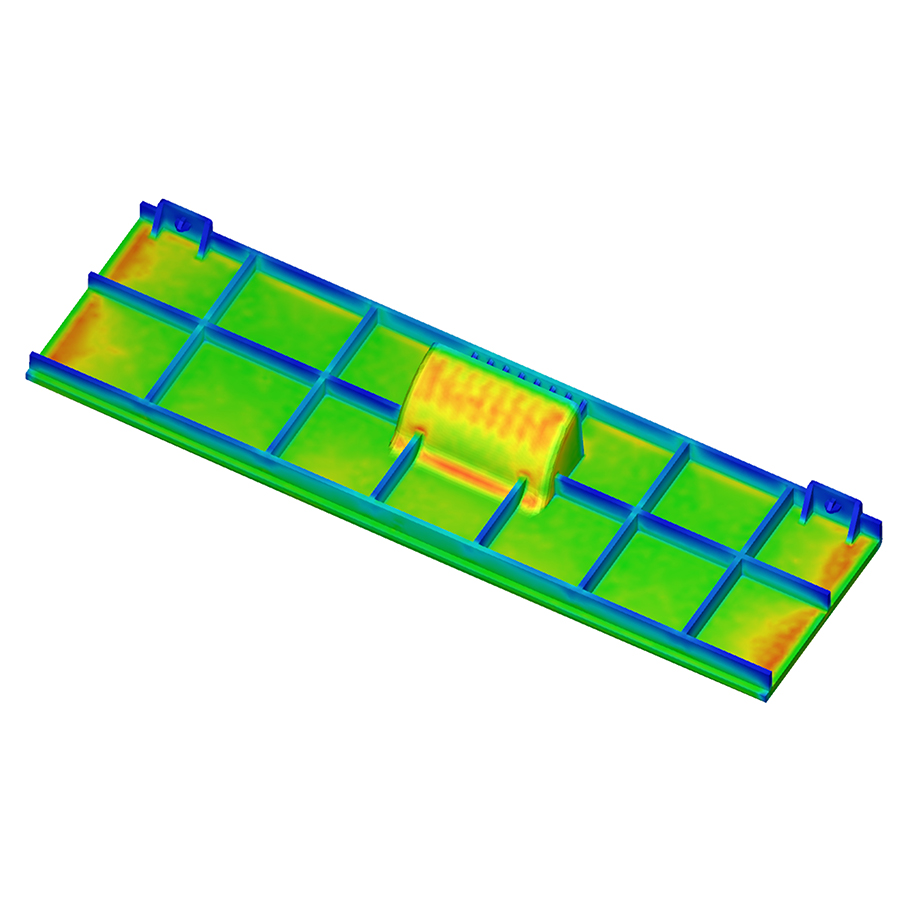
If you are interested to read more, please contact Moldex3D for more information.
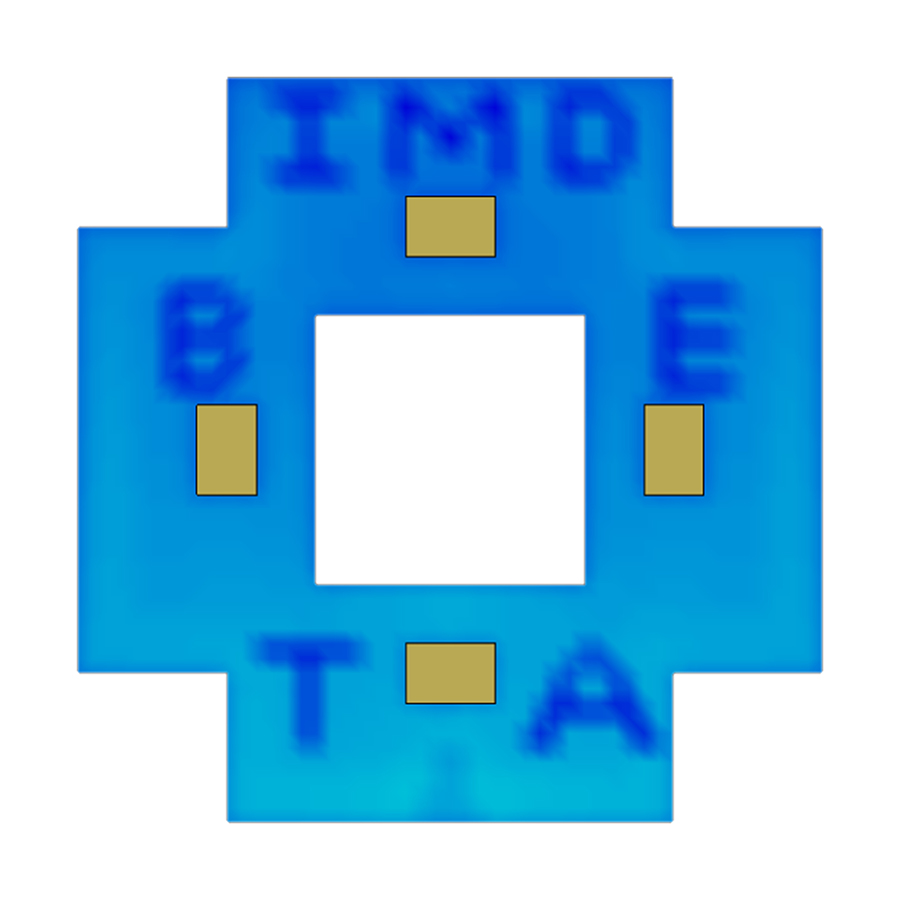
If you are interested to read more, please contact Moldex3D for more information.
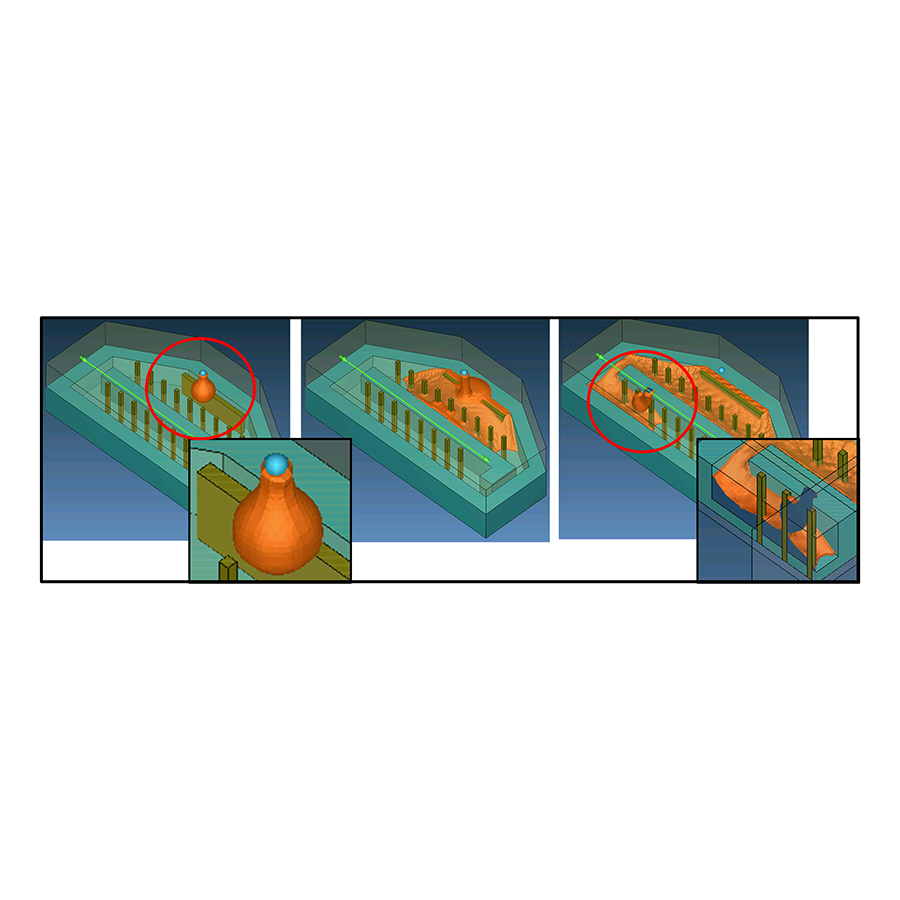

If you are interested to read more, please contact Moldex3D for more information.

If you are interested to read more, please contact Moldex3D for more information.
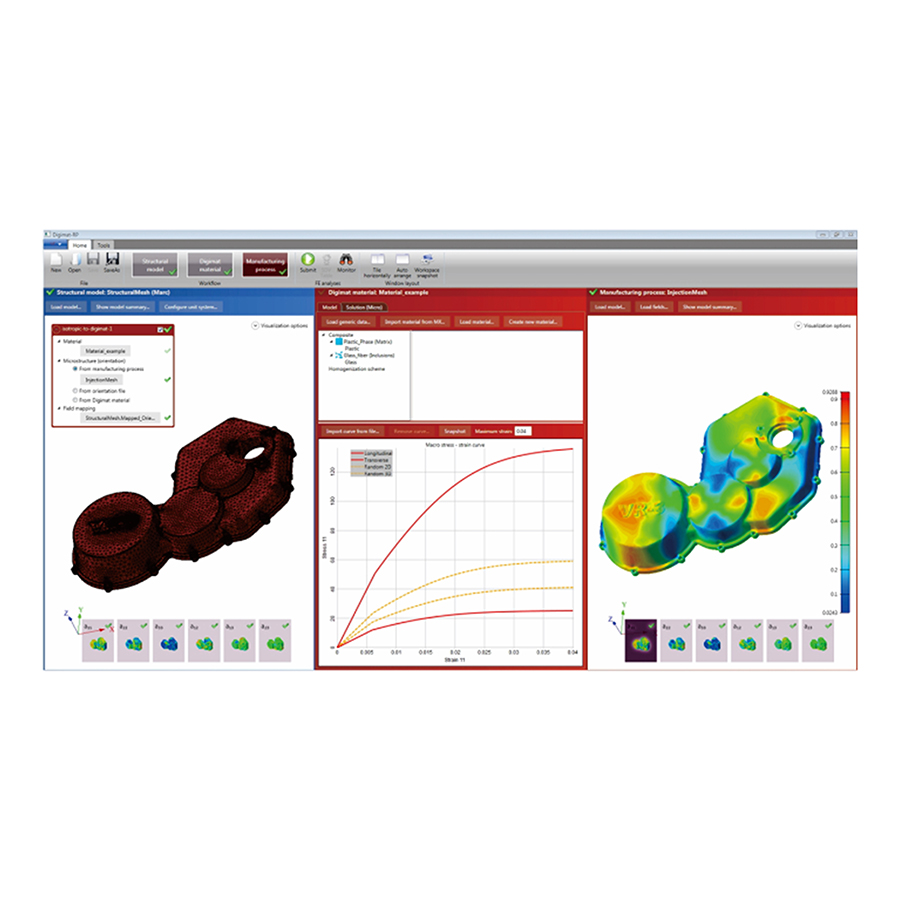
If you are interested to read more, please contact Moldex3D for more information.
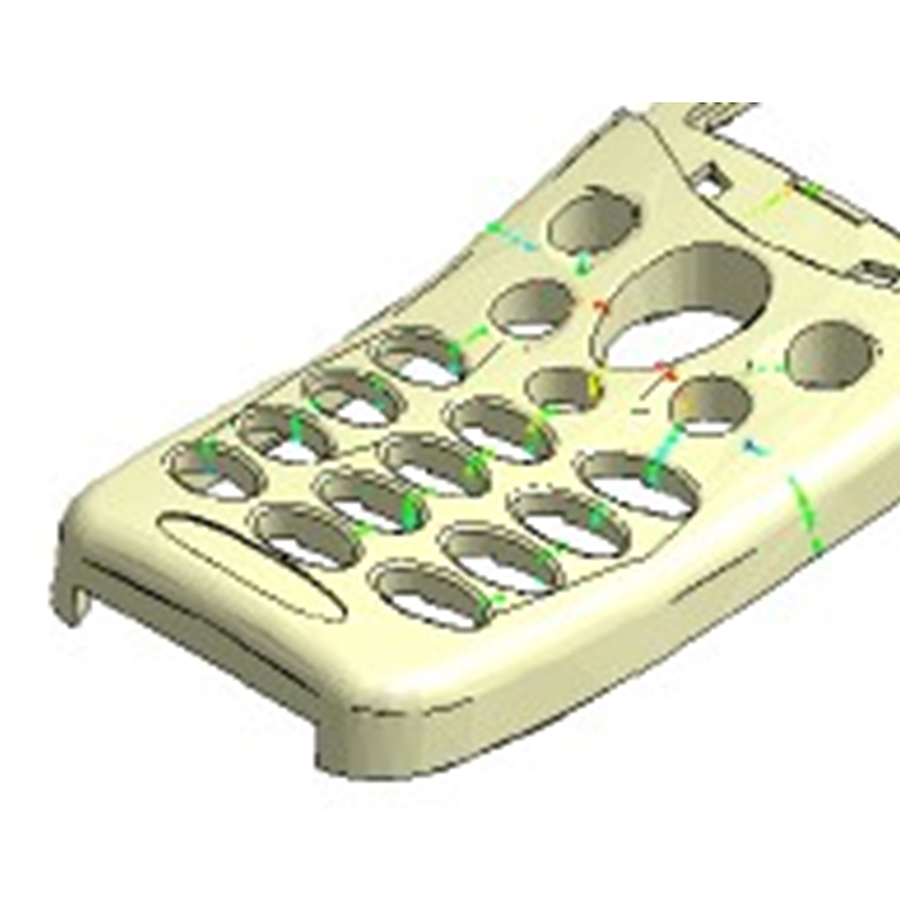
If you are interested to read more, please contact Moldex3D for more information.

If you are interested to read more, please contact Moldex3D for more information.

If you are interested to read more, please contact Moldex3D for more information.

If you are interested to read more, please contact Moldex3D for more information.
2016
2016
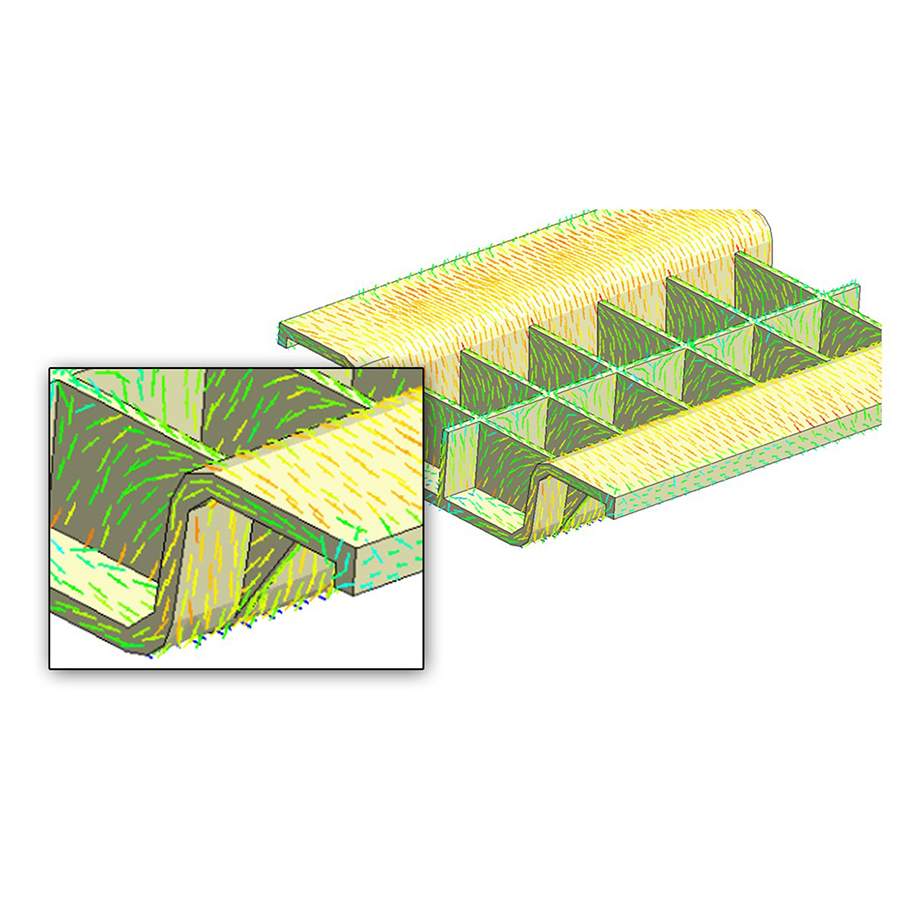
If you are interested to read more, please contact Moldex3D for more information.
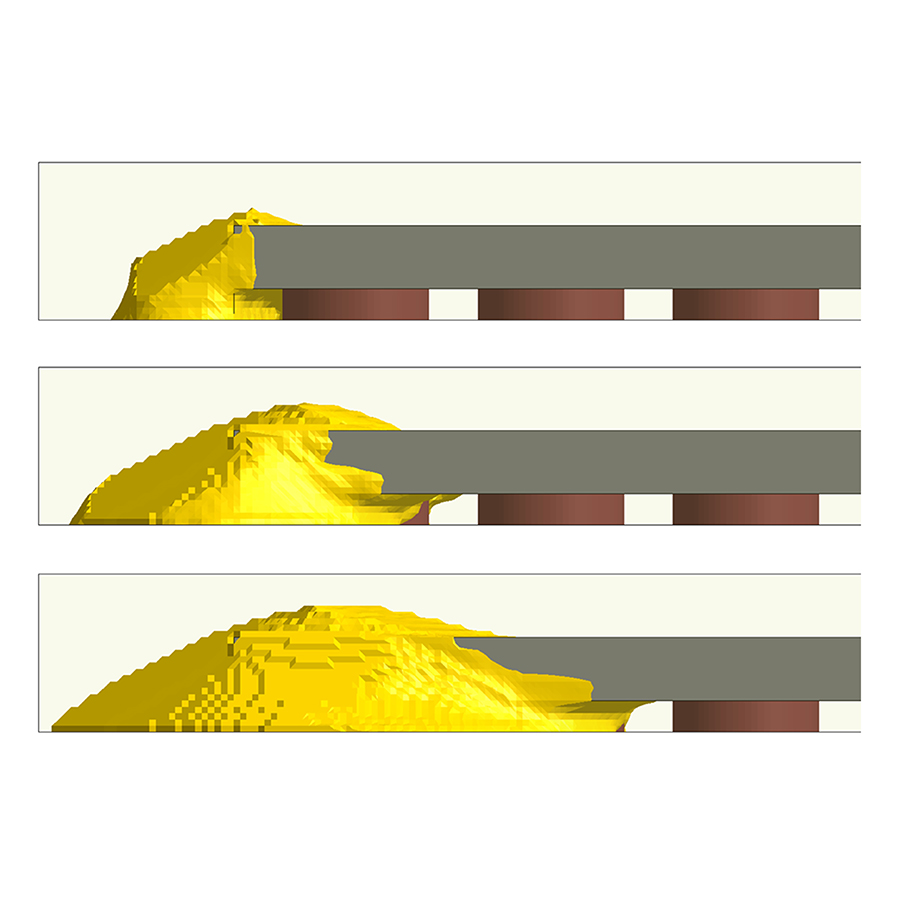

If you are interested to read more, please contact Moldex3D for more information.

If you are interested to read more, please contact Moldex3D for more information.

If you are interested to read more, please contact Moldex3D for more information.

If you are interested to read more, please contact Moldex3D for more information.
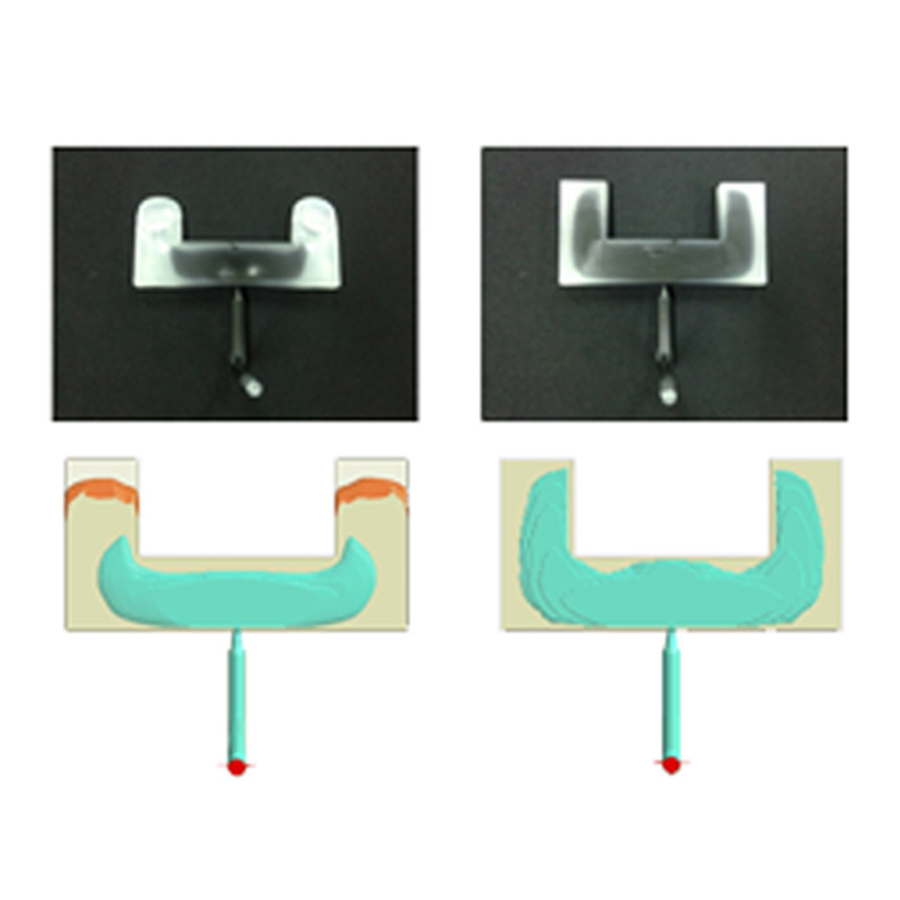
If you are interested to read more, please contact Moldex3D for more information.

If you are interested to read more, please contact Moldex3D for more information.
2015
2015


If you are interested to read more, please contact Moldex3D for more information.

If you are interested to read more, please contact Moldex3D for more information.

If you are interested to read more, please contact Moldex3D for more information.

If you are interested to read more, please contact Moldex3D for more information.

If you are interested to read more, please contact Moldex3D for more information.

If you are interested to read more, please contact Moldex3D for more information.

If you are interested to read more, please contact Moldex3D for more information.

If you are interested to read more, please contact Moldex3D for more information.
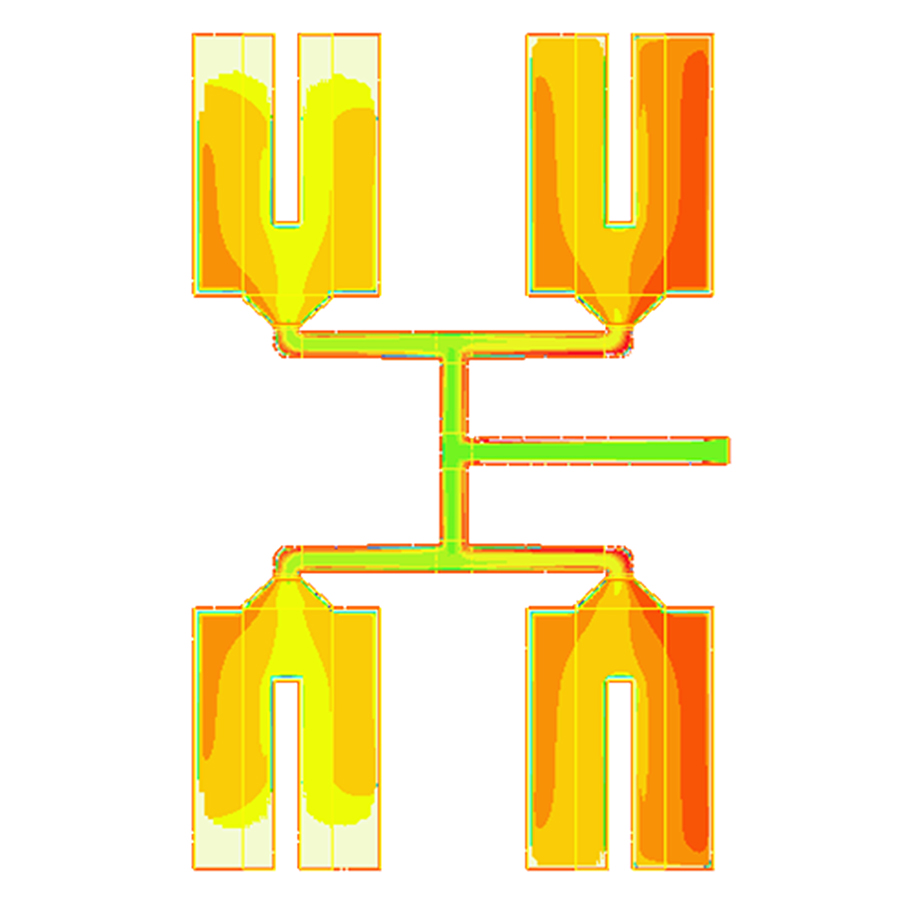
If you are interested to read more, please contact Moldex3D for more information.

If you are interested to read more, please contact Moldex3D for more information.

If you are interested to read more, please contact Moldex3D for more information.

If you are interested to read more, please contact Moldex3D for more information.

If you are interested to read more, please contact Moldex3D for more information.

If you are interested to read more, please contact Moldex3D for more information.